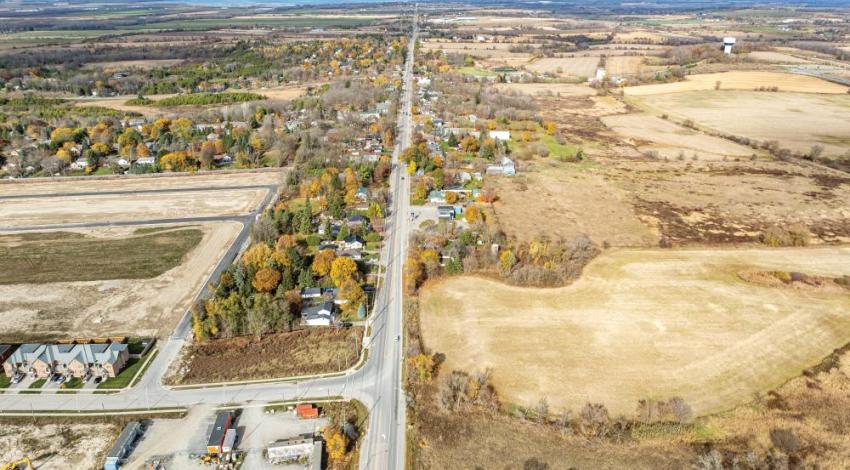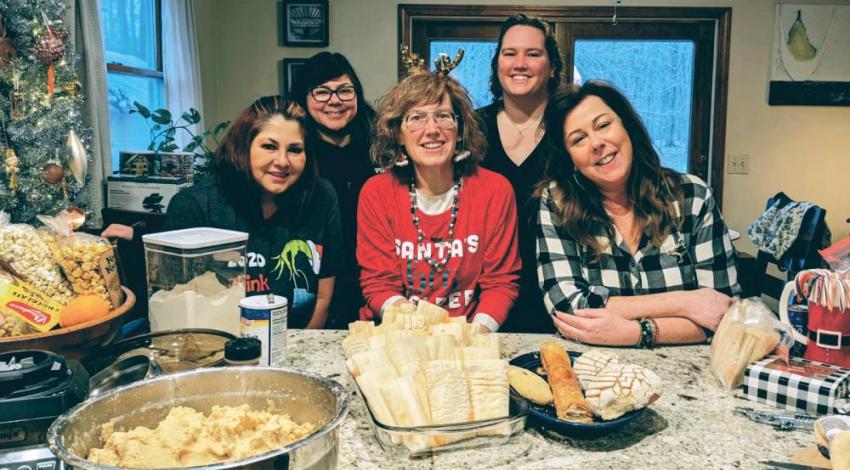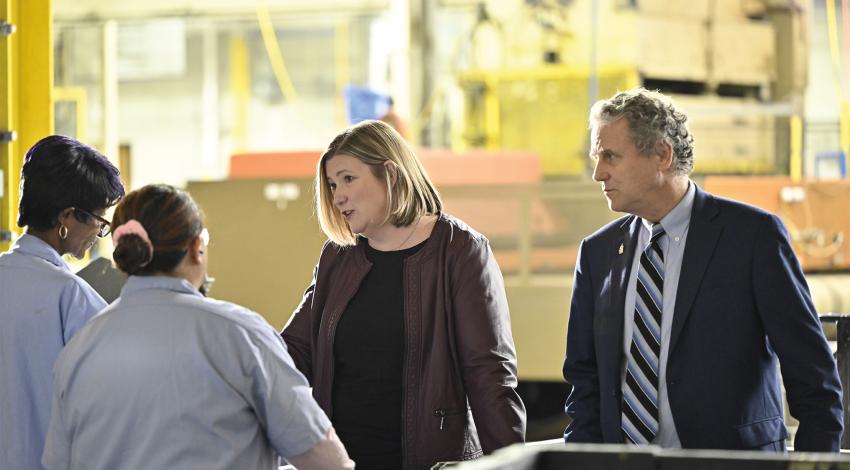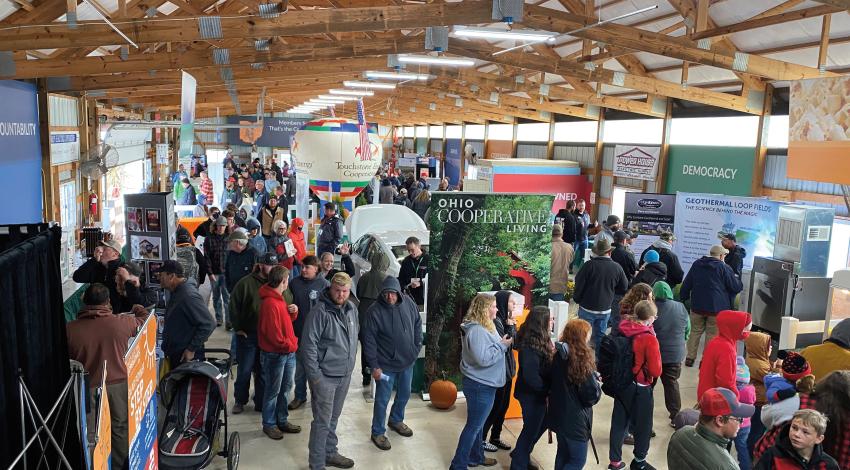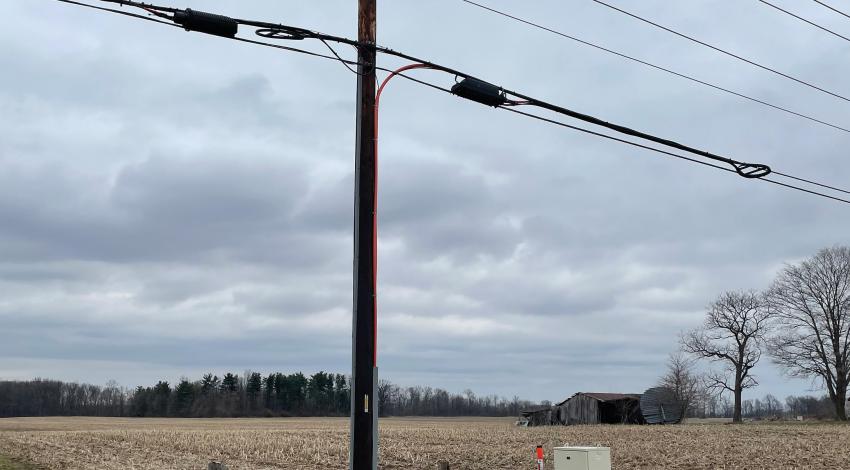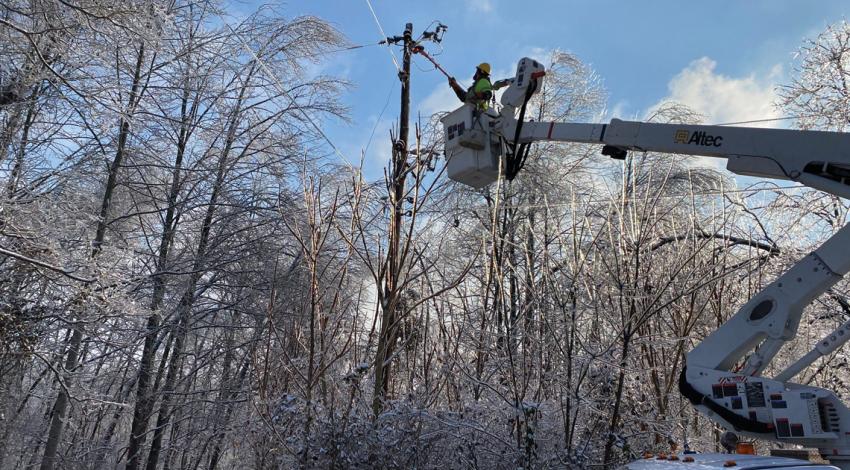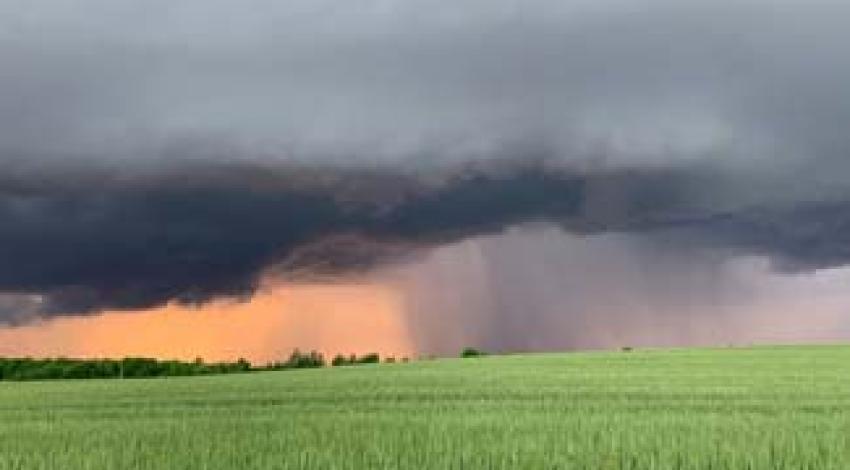The 900 or so electric cooperatives in this country deliver electricity to 42 million Americans in 48 states across 56 percent of the nation’s landmass. In Ohio, the state’s co-ops serve more than 1 million people in 77 of the state’s 88 counties.
According to a report commissioned by the national co-op organization, local electric cooperatives supported about 623,000 American jobs and contributed $111 billion annually to gross domestic product from 2018 through 2022. Their activities have far-reaching impacts across the country — even in areas where co-ops do not serve consumers directly.
